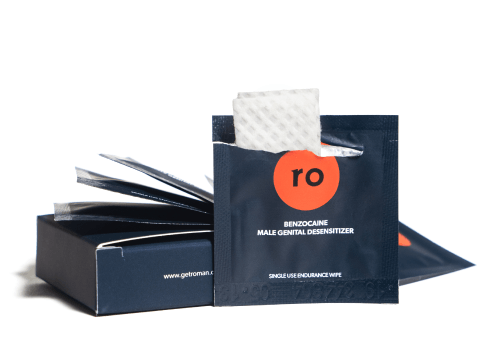
According to Hammer, "At a time when women’s sexuality was barely acknowledged in the West, the manuscript, a kind of Baedeker to orgasm, offered tips for maximizing sexual pleasure on both sides." Īmbergris, Bufo toad, yohimbine, horny goat weed, ginseng, alcohol, and certain foods are recorded throughout these texts as containing aphrodisiac qualities. It offered advice to men on "winning back" their wives. In Post-classical West Africa, a volume titled Advising Men on Sexual Engagement with Their Women from the Timbuktu Manuscripts acted as a guide on aphrodisiacs and infertility remedies. Roman and Chinese cultures documented their belief in aphrodisiac qualities in animal genitalia while Egyptian wrote tips for treating erectile dysfunction. Chinese cultures wrote text dated back to 2697 to 2595 BC. Hindu cultures wrote poems dated back around 2000 to 1000 BC that spoke of performance enhancers, ingredients, and usage tips. Regardless of their usage, these substances gained popularity and began to be documented with information being passed down generations. Others who did not suffer from this also desired performance enhancers. Men who were unable to impregnate their wives and father large families were seen as failures, whereas those who could were respected. This was important because some men suffered from erectile dysfunction and could not reproduce. However, because Wellbutrin only increases the libido in the special case that it is already impaired by related medications, it is not generally classed as an aphrodisiac.Īncient civilizations like Chinese, Indian, Egyptian, Roman, and Greek cultures believed that certain substances could provide the key to improving sexual desire, sexual pleasure, and/or sexual behavior. For example, Bupropion ( Wellbutrin) is known as an antidepressant that can counteract other co-prescribed antidepressants having libido-diminishing effects. Likewise, many medicines are reported to effect libido in inconsistent or idiopathic ways: enhancing or diminishing overall sexual desire depending on the situation of the subject. However, from a historical and scientific standpoint, the alleged results may have been mainly due to mere belief by their users that they would be effective ( placebo effect).

Throughout human history, food, drinks, and behaviors have had a reputation for making sex more attainable and/or pleasurable. "pertaining to Aphrodite", the Greek goddess of love. "sexual, aphrodisiac", from aphrodisios, i.e. The name comes from the Greek ἀφροδισιακόν, aphrodisiakon, i.e. In addition, cultural influence in appropriate sexual behavior from males and females also play a part in the research gap. Only recent attention has been paid to understanding how aphrodisiacs can aid female sexual function. This is in part due to the historical context of aphrodisiacs, which focused solely on males. īoth males and females can potentially benefit from the use of aphrodisiacs, but they are more focused on males as their properties tend to increase testosterone levels rather than estrogen levels. Substances that impede on areas that aphrodisiacs aim to enhance are classified as anaphrodisiacs. It is possible that the aphrodisiac effect of a substance is due to the placebo effect.

Aphrodisiacs that contain smooth muscle relaxing properties like yohimbine have physiological effects on a person that can affect hormone levels and increase blood flow. Aphrodisiacs that contain hallucinogenic properties like Bufotenin have psychological effects on a person that can increase sexual desire and sexual pleasure. Aphrodisiacs can be classified by their type of effects (i.e., psychological or physiological). There are non-naturally occurring aphrodisiacs like MDMA and methamphetamine. Natural aphrodisiacs like cannabis or cocaine are classified into plant-based and non-plant-based substances.

Substances range from a variety of plants, spices, foods, and synthetic chemicals. For Brandy's song, see Afrodisiac (song).Īn aphrodisiac is a substance alleged to increase sexual desire, sexual attraction, sexual pleasure, or sexual behavior. For other uses, see Aphrodisiac (disambiguation). This article is about the detailed description of the term.


 0 kommentar(er)
0 kommentar(er)
